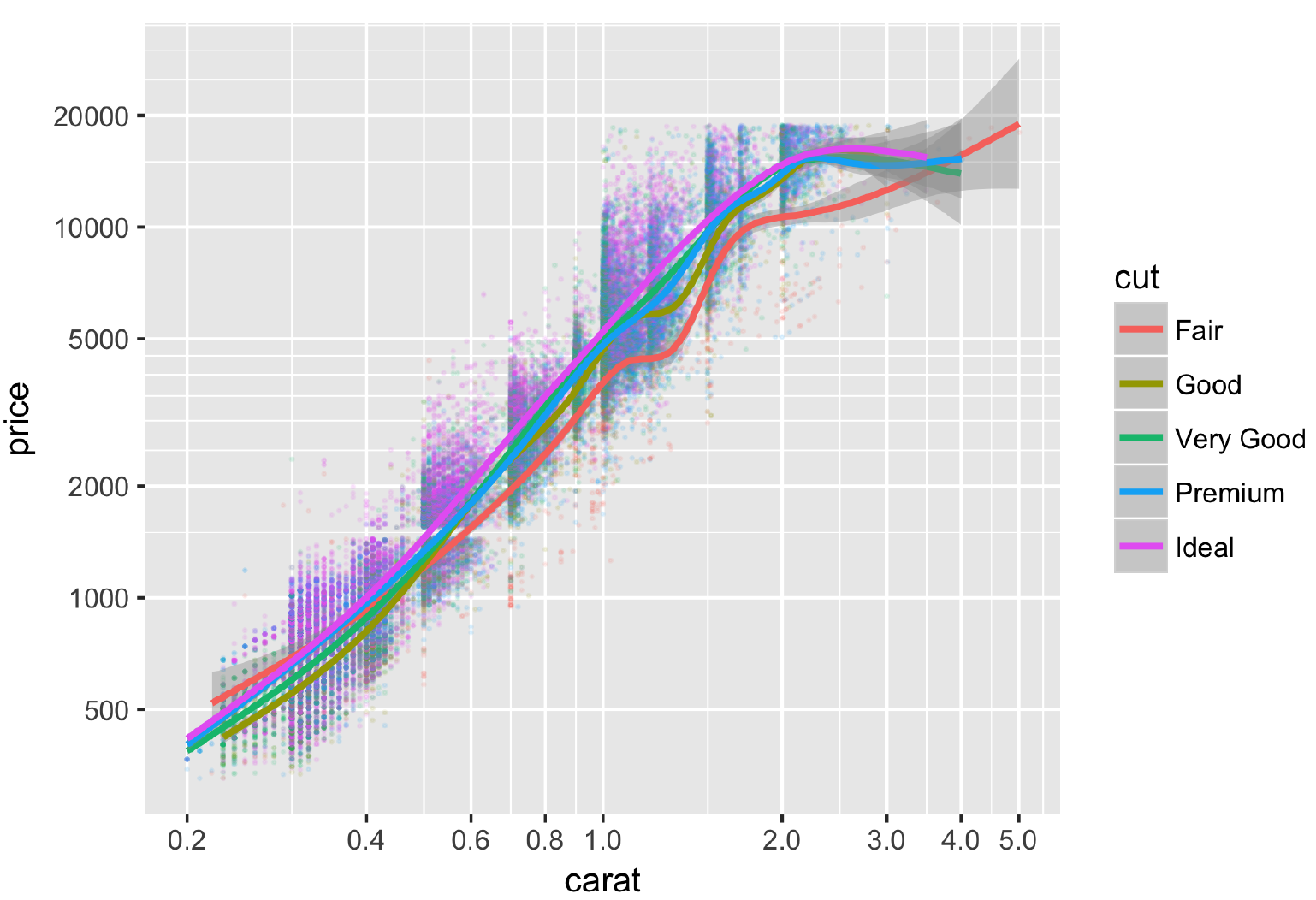


Name: Ivan Baldry, MA (Cantab), PhD (Sydney), FHEA, FRAS
Address: Astrophysics Research Institute,
Liverpool John Moores University,
IC2, Liverpool Science Park, 146 Brownlow Hill, Liverpool L3 5RF, UK
Phone: (0 or +44) 151 231 2915
Fax: (0 or +44) 151 231 2921
Email: i. "surname" @ ljmu . ac . uk
Research interests: galaxy properties, population statistics and evolution; cosmology; astronomical instrumentation; stellar pulsations.
LJMU: I started a research and teaching position at Liverpool John Moores University in October 2005. My research is mainly in the area of galaxy properties, population statistics and evolution. This includes: measuring the galaxy stellar mass function, in particular to the lowest possible dwarf galaxy masses; how galaxies vary as a function of environment and how these relate to the forces shaping galaxy evolution; and measuring the properties of galaxy groups and how these relate to cosmological structure formation. Essential data are obtained from galaxy redshift surveys. The major surveys that I am working on are the Galaxy And Mass Assembly (GAMA) survey and the Wide Area Vista Extragalactic Survey (WAVES).
JHU: At Johns Hopkins Univ., Physics and Astronomy Dept. from 2001 to 2005, my research was mainly in the areas of galaxy properties and evolution, and cosmology. I worked on analysis of the cosmic star-formation history from the present day spectra of galaxies and analysis of the bimodality in the color-magnitude distribution of galaxies. For this, I used data from the 2dF Galaxy Redshift Survey and the Sloan Digital Sky Survey main galaxy sample. For public interest, Karl Glazebrook and I created the Cosmic Spectrum page, which explains the color of the universe.
AAO: I was employed by the Anglo-Australian Observatory (Epping Lab) in 1999 and 2000, mainly working on various instrument design projects. These included: OSIRIS, which incorporates tunable imaging using a gap-scanning Fabry-Perot etalon and spectroscopy using volume phase holographic (VPH) gratings; ATLAS, a proposed dual-beam spectrograph design also using VPH gratings, a precursor study for AAOmega; and GIRMOS, a proposed infrared multi-object spectrograph using deployable integral-field units.
USyd: I completed a PhD in 1999, studying in the School of Physics at the University of Sydney (Institute of Astronomy), supervised by Tim Bedding. My research was on stellar oscillations, in particular; rapidly oscillating Ap stars, Delta Scuti stars and Cepheids. The title for my thesis was `Time-Series Spectroscopy of Pulsating Stars'.
Press releases: Discoveries of faint galaxies using supernovae (2019); Universe shines twice as bright (2008); Color of the Universe Corrected by Astronomers (2002); Astronomers take the pulse of a Sun-like star (2001).
Links: -
data, figures and documents from my astrophysics research page;
list of my publications;
teaching relativity and cosmology links;
scaled solar system, on an interactive map of the Earth;
description of the cosmic spectrum and the color of the universe, and the color through time.

| MSc in Data Science links, | 
| astronomy links, | 
| squash links. |